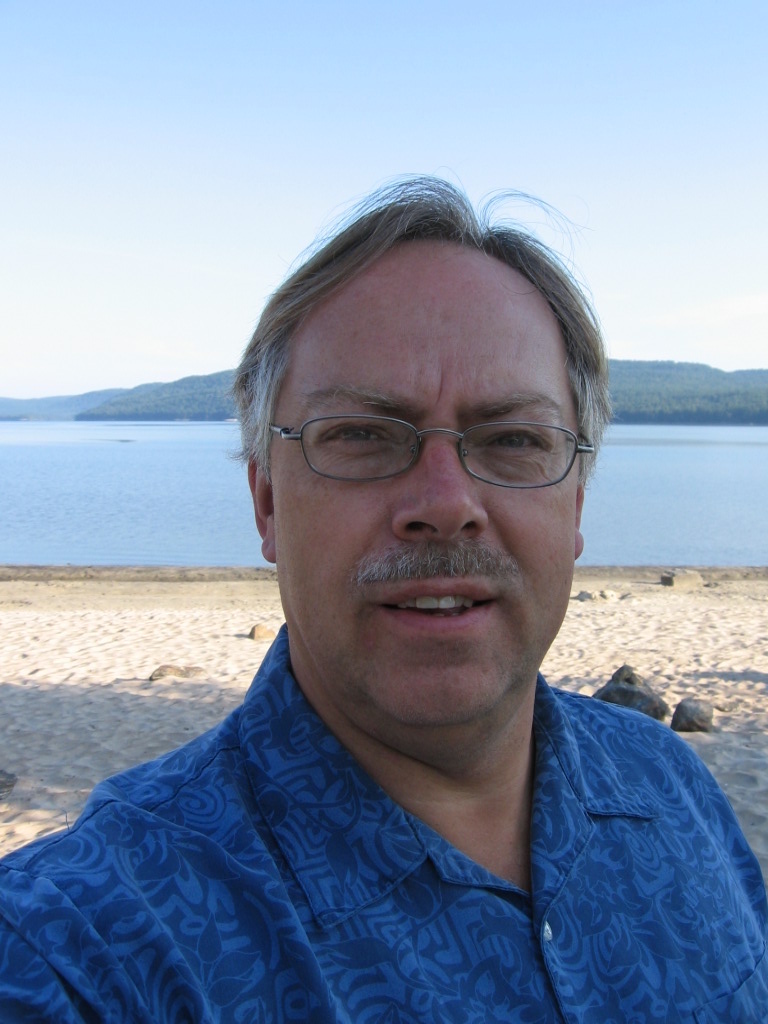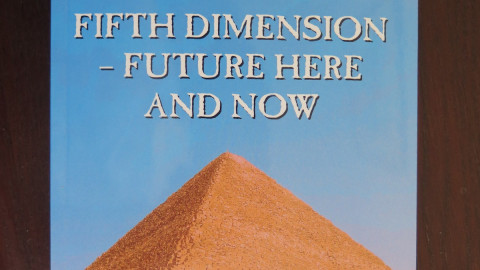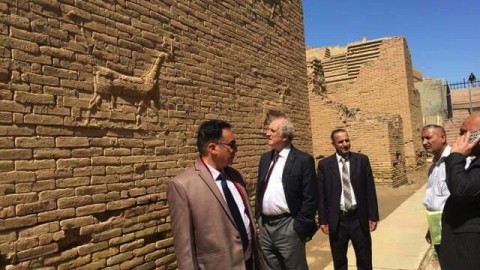BROWN’S GAS AND ZERO POINT ENERGY
Related Articles
-
-
EACH OD US HAS TREMENDOUS INTERNAL POWER (7)
fundacja, , Homepage, 0
Continuation of the session with Basmat on July 23, 2022 (7) EACH OF US HAS TREMENDOUS INTERNAL POWER (7)...
-
Wind Energy – Chomczyk’s wind turbine
fundacja, , Free energy, Homepage, Knowledge - free energy, 0
CHOMCZYK’S WIND TURBINE – THE NEW GENERATION SOLUTION FOR FREE ENERGY This statement is justified with the fact that...
-
Beata Duda
fundacja, , Other, 0
MEDITATION IN THE GREAT PYRAMID Sunday September 17, 2021 “These activities are recorded in the Book of the Earth...
-
THE ARK OF COVENANT AND STONE TABLES (6)
fundacja, , Homepage, 0
Continuation of session with Basmat, July 22, 2022 (6) THE ARK OF THE COVENANT AND THE TABLES OF STONE...
-
-
IMPLANTS, ENERGY CHIPS, ETC. (15)
fundacja, , Homepage, 0
Continuation of the session with Basmat on July 23, 2022 (15) IMPLANTS, ENERGY CHIPS, ETC. (15) Question: It is...
-
0 Comments





